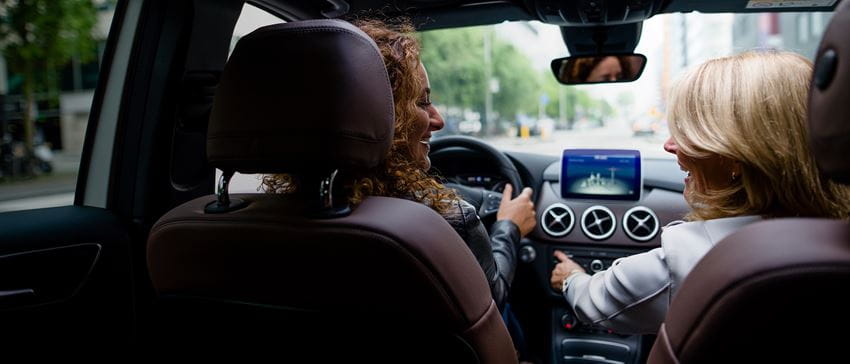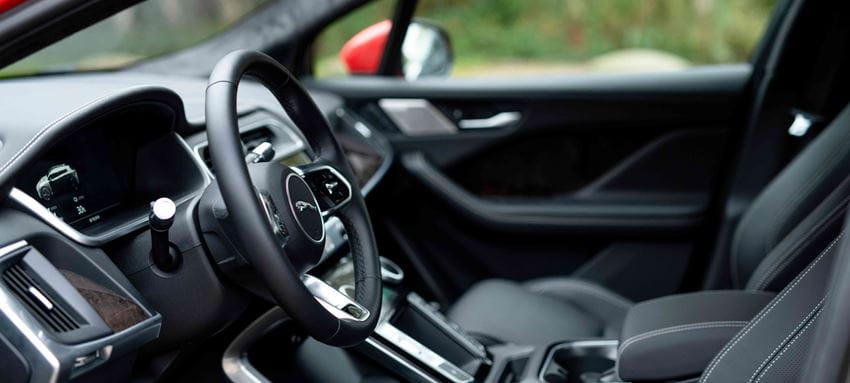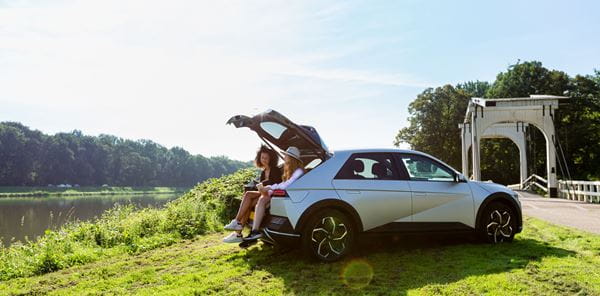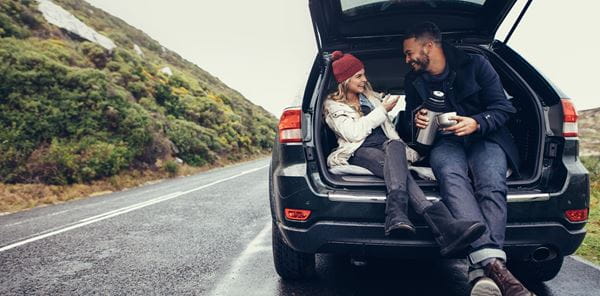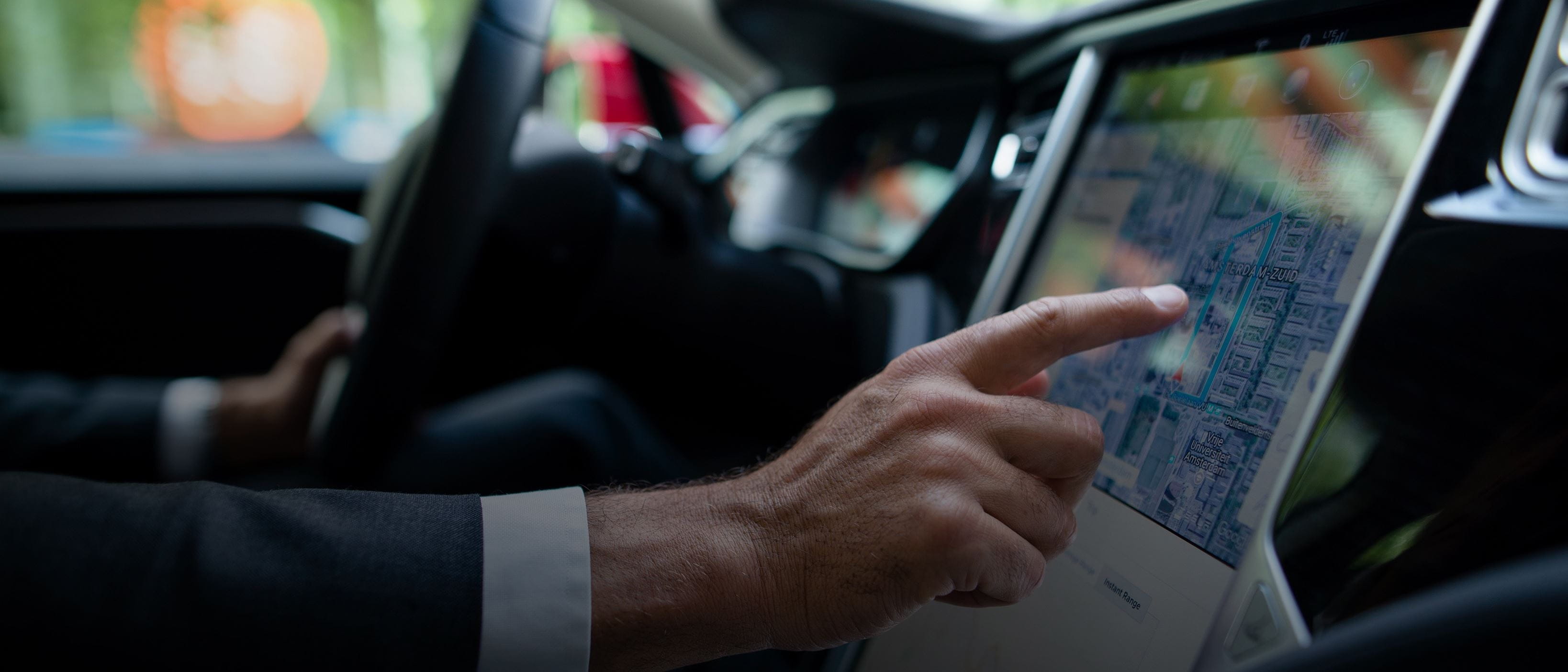
Additional vehicle equipment: what choice do you make as a fleet manager?
Choosing a car is one thing, but then the next question arises: what equipment do we choose? The right options and accessories can make all the difference. So as a fleet manager it is best to take this into account as every choice has tax consequences and an impact on the delivery time and TCO.
Options or accessories?
The equipment of a car consists of options and accessories. Simply put, options are installed at the factory while accessories are add-ons after the car has rolled off the assembly line. In some countries, like the Netherlands, this has a fiscal impact. Where options are subject to benefit in kind, accessories are not. That is why fleet managers in the Netherlands have certain options – ranging from a tow bar to tinted windows – added on later as an accessory. In Belgium, however, this is not the case.
Increasing choice of options
Consumers have an increasing choice of additional equipment for their cars. An external analysis for Germany carried out by LeasePlan shows that the number of possible combinations when choosing a car has increased by 11% a year over the past 20 years. This is mainly the result of new strategies adopted by the OEMs in the area of equipment and option packages. While ABS and airbags were rare options when they first emerged, today you find them in every car. The same applies to navigation systems, although it appears that the supply of navigations systems in the A and B segments is peaking at just under 50%. Traditional navigation systems are in fact increasingly making way for smartphone integration.
Impact on delivery times
With the current shortage of semiconductors, expanding the number of available options and equipment packages is a huge challenge. Options such as a sun roof, electrically adjustable seats and driver assistance require chips. And there are not enough of those at this moment. So keep in mind: the more specific and extensive your order, the longer you will have to wait for the delivery of the car.
Different equipment preference by region
It should come as no surprise that heated seats are more popular in Scandinavia than in Spain. But there are other differences by region. For example, it appears that customers in Central and Northern Europe prefer better-equipped vehicles, while those in Southern and Eastern Europe focus mainly on the price. In the south of our continent, well-equipped second-hand cars do much better.
LeasePlan responds to these regional differences. In the twelve countries included in its own analysis (Austria, Belgium, Czech Republic, France, Germany, Italy, the Netherlands, Poland, Romania, Spain, Switzerland and the United Kingdom), the average percentage of options in the net list price is around 10%. The average net list price amounts to approximately €35,000, which means that a further €3,500 is added to the required investment.
Countries like Germany, Austria and Switzerland score on or above the average. Germany is a typical country where employees value the possibility of adding extra options when configuring their car.
Additional equipment and impact on TCO
Additional equipment is a different breed when it comes to determining residual value. Some options can mean an extra investment, but keep the TCO relatively stable. Metallic paint, for example, is not an expensive option but it does have a positive impact on the car’s residual value.
Many options, however, will often lead to a higher TCO. Of course, this depends on the type of option, for example a sunroof versus larger wheels. But variables such as brand, model and country will also influence the residual value of that particular option.
It seems that the premium brands are better at upselling. Audi, BMW and Mercedes lead the way in both absolute and relative terms. Drivers of these brands typically add around 15% of options. The only non-premium brand in line with these figures is Seat, which at 8% interestingly outperforms the Volkswagen cars coming from the same VAG family. Drivers of Renault, Toyota, Peugeot and Citroën are much more modest with options ranging between 2 and 5%.
Implications for fleet managers
From the fleet manager’s point of view, the topic of extra equipment is closely linked to the car policy and the lease budgets. Two specific things need to be included in the car policy, namely a car matrix with maximum budgets and a trade-in limit.
The car matrix is an overview that shows which job categories are entitled to a car and the corresponding maximum budget. For example, a sales manager with a maximum budget of €750 per month. The trade-in limit can be expressed, for example, as a maximum percentage of the monthly budget or as a fixed maximum amount.
Selecting a car for your fleet? LeasePlan helps you with advice on car selection, budgets and benchmarking, taking into account local preferences. What’s more, thanks to our Motor Show Deals, you enjoy a lot of benefits. Discover it now!

